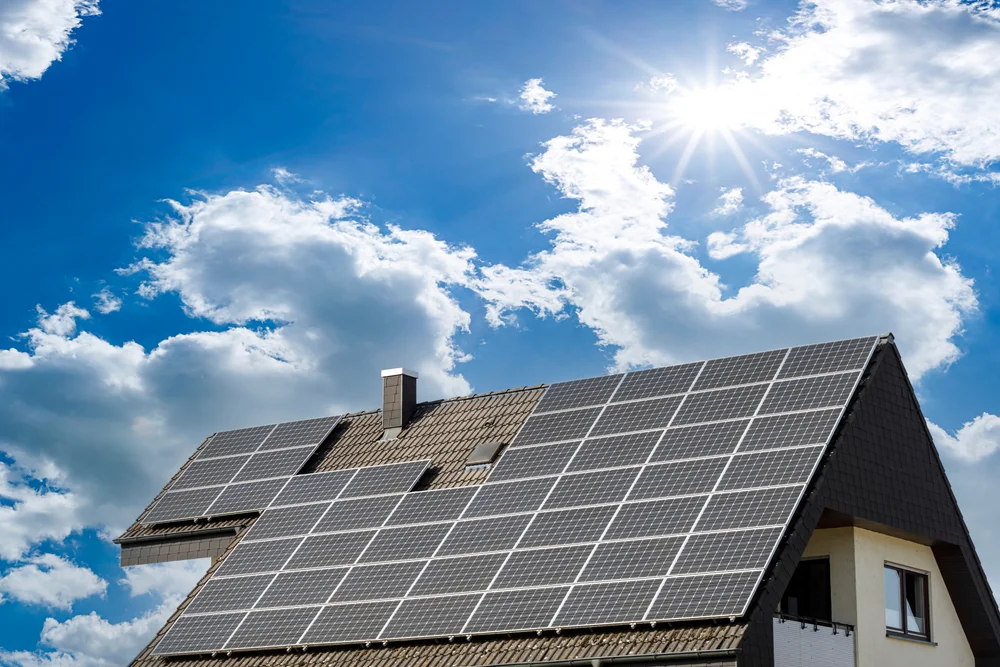As the global shift toward sustainable transportation continues, electric vehicles (EVs) have become a cornerstone of modern mobility. Not only do EVs represent a more eco-friendly choice, offering a smoother and quieter driving experience, but the convenience of charging your vehicle at home has quickly become second nature for many drivers. Whether it's the environmental benefits or the ease of plugging in after a long day, EVs are proving to be a game-changer in the automotive industry.
For many EV owners, installing a home charging station has become a necessity rather than a luxury. These charging stations are far more than just devices for powering your vehicle—they often come packed with advanced features designed to optimize your charging experience. One of the most exciting developments in this space is the rise of smart charging solutions, which offer a range of capabilities to help manage your energy use efficiently.

With energy prices reaching unprecedented levels globally, many EV drivers are turning to smart charging to help cut costs. This article explores how smart charging can make a difference in managing your electricity expenses and examines the various features that could help you save money.
What is Smart EV Charging?
Before diving into how smart charging can reduce your electricity bill, let's clarify what smart charging actually entails. Smart charging, also known as intelligent charging, is essentially a suite of technologies that enable communication between your charging station, your EV, and you. This connectivity provides real-time data and insights, allowing for smarter energy management and potentially cutting costs.
Not all charging stations are smart, but the technology is advancing rapidly. Governments around the world are encouraging the adoption of smart chargers through regulations, making them increasingly common. These chargers don't just charge your vehicle—they empower you with tools to manage your energy use effectively.
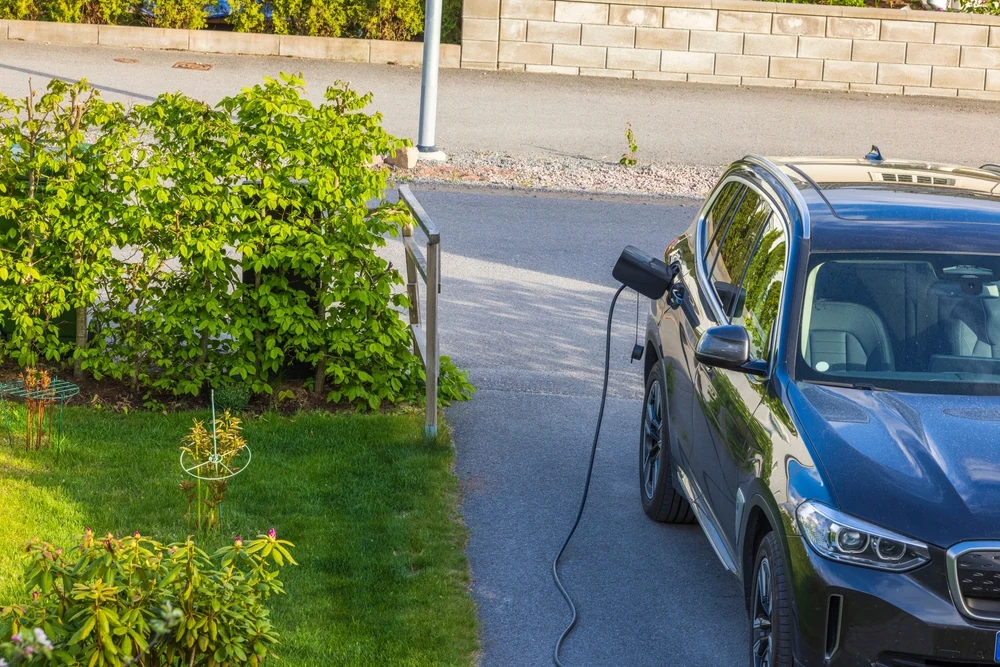
What Are the Benefits of Smart EV Charging?
Smart charging offers numerous advantages, from better control over your charging sessions to greater insight into your energy usage. One of the most compelling reasons why EV drivers opt for smart charging is the potential to save money. While the answer isn't a straightforward yes or no, smart charging can indeed lead to cost savings depending on how you utilize its features. Let’s explore how each feature can help reduce your electricity bill.
How Much Electricity Does an EV Need?
To understand how smart charging can impact your electricity bill, it’s essential to grasp how much energy an EV typically consumes. Energy usage varies significantly between models, but on average, an EV uses about 200 watt-hours (Wh) per kilometer. Assuming an annual mileage of 4,529 kilometers (the European average), an electric car would consume approximately 2,480 kilowatt-hours (kWh) annually. To put this into perspective, running a dishwasher for two hours a day consumes around 1.2 kWh, so charging your EV is comparable to adding a small appliance to your household routine.
Please note that these figures are estimates and actual usage may vary based on driving habits and individual circumstances.
How Much Will Charging Add to Your Bill Without Smart Charging?
With an additional energy consumption of 2,480 kWh annually, how much will charging an EV add to your electricity bill? The exact figure depends on your location, your utility provider, and the time of charging. Using the 2021 EU average electricity price of 23.69 euro cents per kWh, charging an EV would likely add around €583 to your yearly electricity bill. In the U.S., where electricity costs tend to be lower, averaging 15.4 cents per kWh in May 2022, the same car would cost roughly $381 annually.
Please remember that these figures are approximations and actual costs will depend on your specific circumstances.
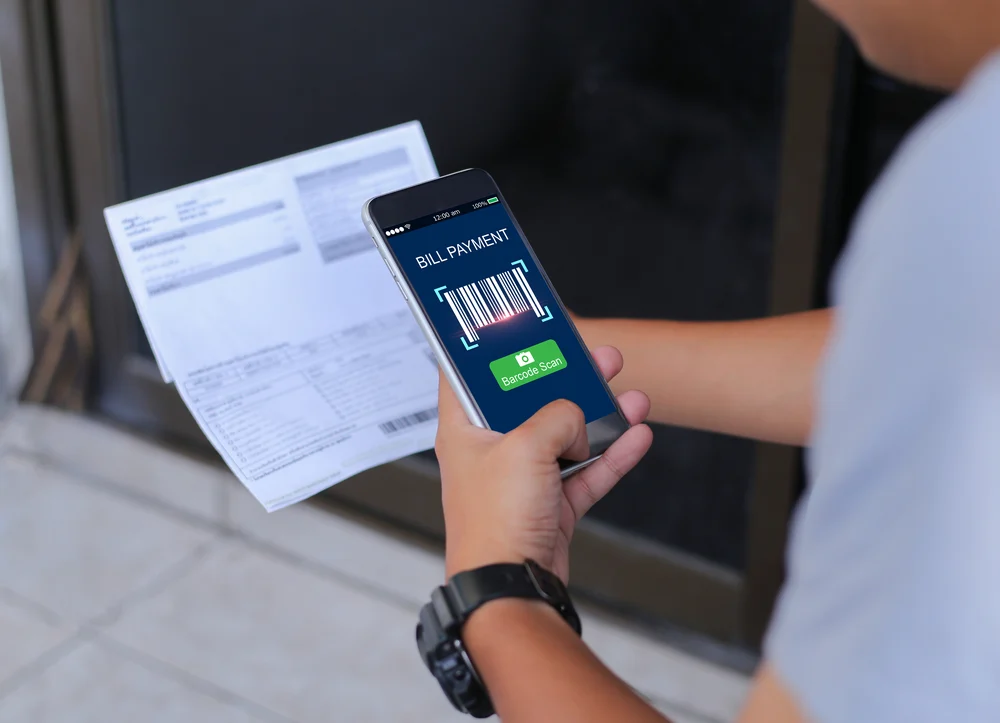
Can Smart EV Charging Reduce Your Electricity Bill?
Yes, smart charging can help reduce your electricity bill, but the extent depends on how you leverage its features. As we’ve seen, smart charging is a broad category that includes various technologies, each contributing differently to cost savings. Below, we’ll explore how each feature can help you save money.
How Can You Save Money with Smart EV Charging?
Some of the following features are already available, while others are still in development or not widely accessible. For this article, we’ll cover everything that could potentially help you cut costs now or in the future.
Managing Electricity Costs
Thanks to the connectivity inherent in smart charging stations, you can monitor your energy consumption and costs in real time. Depending on your utility plan and location, you can strategically charge your EV during periods when electricity is cheaper. Many utility providers offer tiered pricing structures, with higher rates during peak hours and lower rates at night. By scheduling your EV charging for off-peak hours, you can take full advantage of these discounted rates.
Of course, you can still charge your EV during peak hours if necessary, but smart charging empowers you to make informed decisions about when to plug in.
Using Renewable Energy Sources
Smart charging can also help you harness renewable energy to power your EV, ensuring that your vehicle runs on clean electricity. For instance, if you have solar panels installed, you can configure your charger to charge your EV during peak sunlight hours, maximizing the use of solar-generated energy. Even a modest solar array can offset a portion of your EV’s energy requirements.
Although a typical residential solar setup may not fully power your EV, it can still make a noticeable dent in your electricity bill. For example, ten solar panels generating 10 kWh daily can provide enough energy for a Tesla Model 3 to travel around 42 kilometers, which exceeds the average daily driving distance in Europe.
By combining renewable energy with smart charging, you can significantly reduce your electricity costs, especially amid rising energy prices worldwide. Solar power isn’t the only option—wind turbines and other renewable energy sources can also integrate seamlessly with your smart charger.
Vehicle-to-Grid and Vehicle-to-Home
Vehicle-to-grid (V2G) represents a promising future for EV owners. Simply put, V2G enables two-way communication between your EV and the power grid, allowing your vehicle to act as a portable energy storage system. During peak demand, your EV can send electricity back to the grid, helping balance supply and demand. Grid operators can incentivize this behavior by offering discounts or reduced electricity rates to participants.
Another emerging feature is vehicle-to-home (V2H), which allows your EV to power your home during emergencies or off-peak hours. By tapping into your EV’s stored energy, you can reduce reliance on grid electricity and potentially avoid costly peak tariffs.
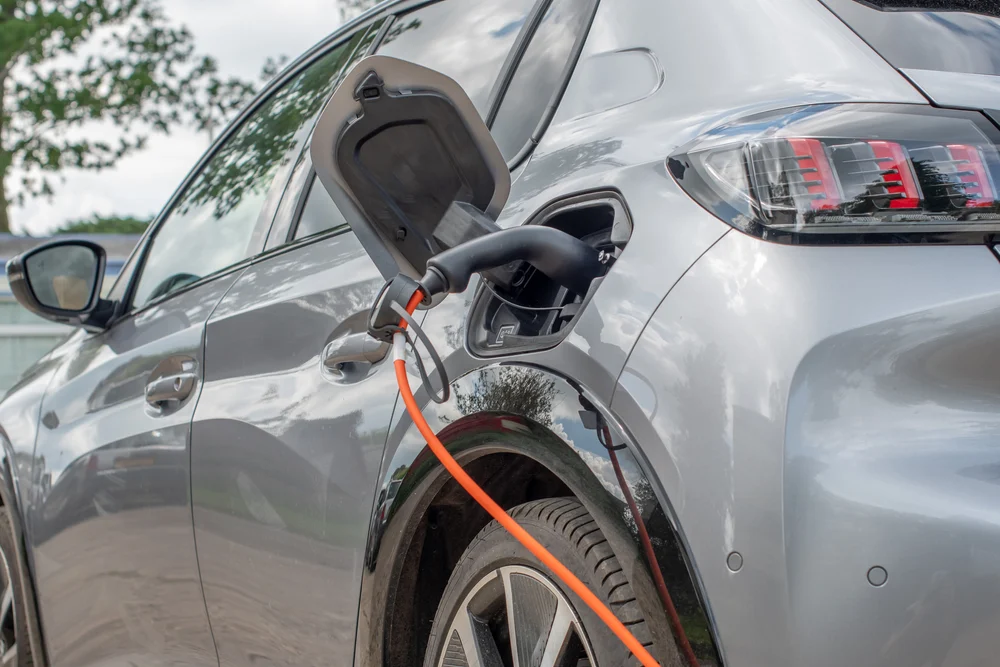
Dynamic Load Balancing
One of the standout features of smart charging is dynamic load balancing. This technology dynamically adjusts the power distribution within your home’s electrical circuit to accommodate multiple appliances. For example, if you're using several high-power devices at once, your EV charger will automatically reduce its output to prevent overloading your circuit.
Charging an EV requires a significant amount of power—typically between 7,400 and 22,000 watts. That’s equivalent to three to ten ovens operating simultaneously! Without proper management, this can easily overwhelm your home’s electrical infrastructure, especially if you have older wiring or limited capacity.
Dynamic load balancing prevents potential outages by intelligently scaling your EV’s charging power based on current demand. When fewer appliances are in use, your charger can ramp up the charging speed. Additionally, if you own multiple EVs, this feature ensures that one vehicle gets prioritized, guaranteeing it reaches full charge before the others.
While dynamic load balancing doesn’t directly impact your monthly electricity bill, it indirectly saves you money by avoiding costly upgrades to your meter box.
No Meter Box Upgrades
In many cases, dynamic load balancing eliminates the need for costly meter box upgrades.
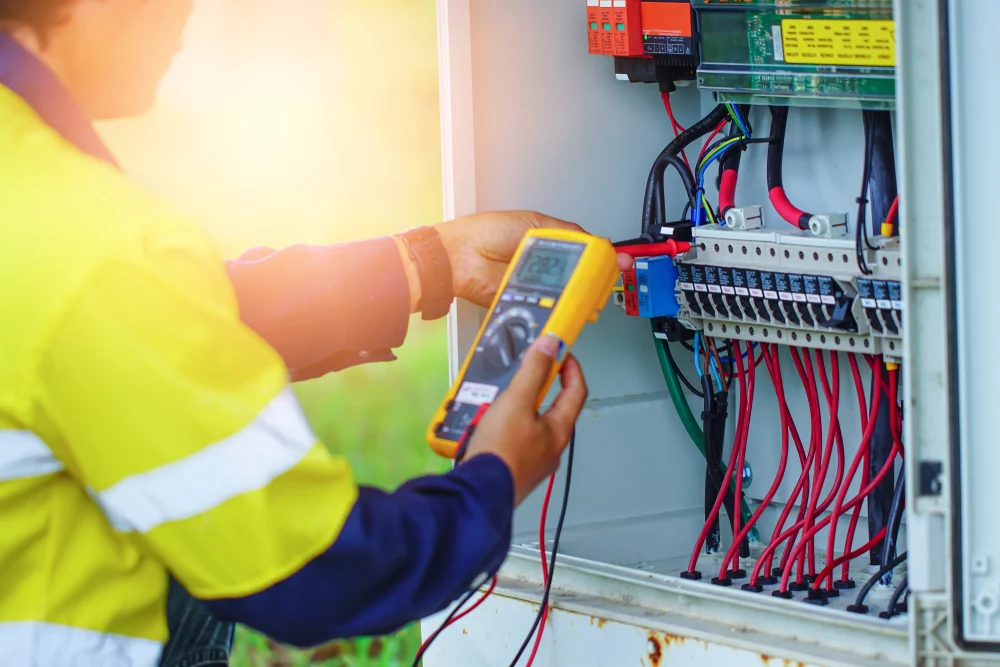
Installing an EV charger can place a substantial strain on your home’s electrical system. In many households, particularly those with older or undersized meters, you may need to upgrade your circuitry to handle the added load. This can involve significant upfront costs, including labor, permits, and potential modifications to your home’s wiring.
A smart charger equipped with dynamic load balancing can adapt its energy usage to stay within your existing meter’s limits. This means you can keep your current setup without breaking the bank, saving you thousands in installation fees and ongoing maintenance costs.
Â
In today’s volatile energy market, keeping your costs in check is crucial for EV drivers. Smart charging gives you the tools to manage your charging sessions effectively, ensuring you always take advantage of the best possible rates. If you’re thinking about installing a home charger or want to learn more about smart charging, be sure to check out our comprehensive guide on the subject.
Car And Motorcycle Tire Repair Tools
Car And Motorcycle Tire Repair Tools,Professional Tire Patch Kit,Commercial Truck Tire Repair Kit,Semi Truck Tire Repair Tools
KRONYO United Co., Ltd. , https://www.kronyotirerepairkit.com

